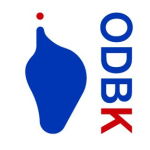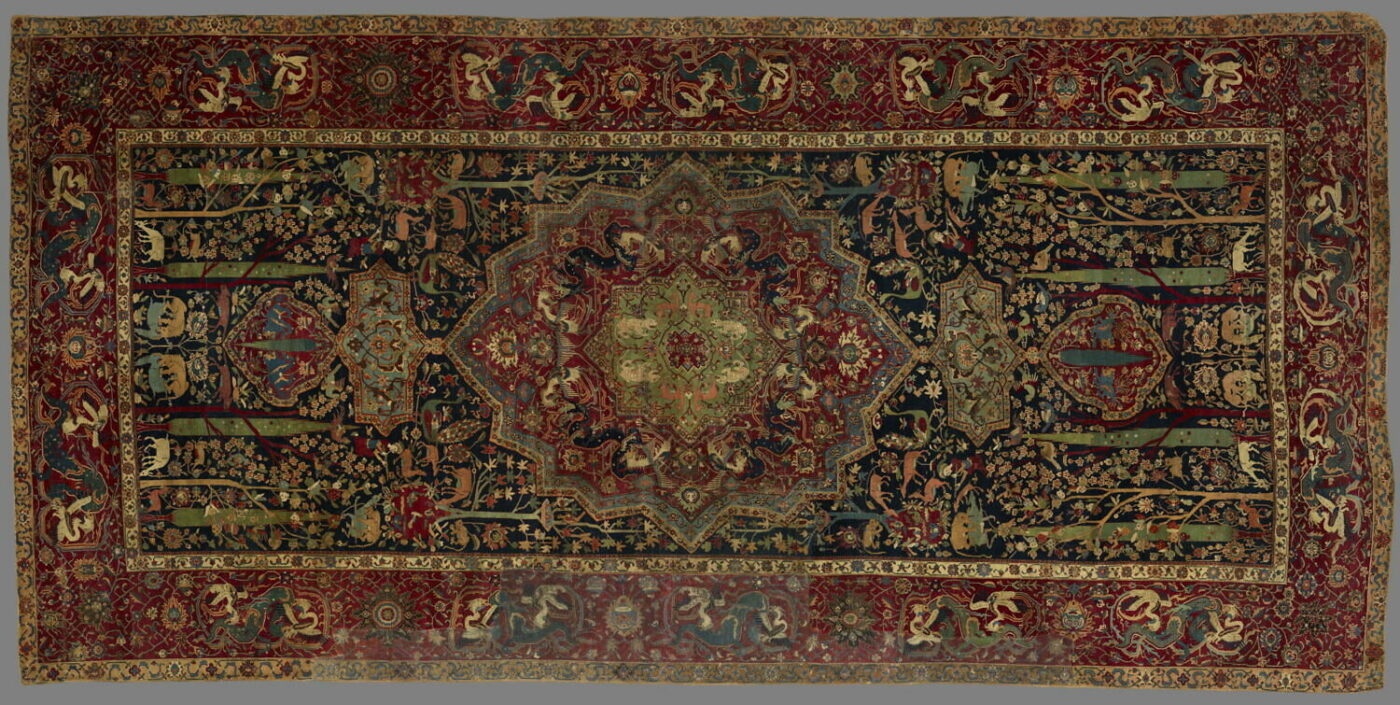by Deniz Alize Ünal
What defines art? Is art a pursuit of beauty and goodness itself, an effort to express something beyond the surface, the careful craftsmanship of the artist, or a functional or ritualistic representation of everyday life? The definition of art has changed throughout history, according to the mindset of the cultures and societies that produce it. Art has been a religious medium to express faith and serve a divine order, a means of propaganda and state power, used to create or shape mass movements, or it has been a means to create a sense of community and spirituality. However, one thing art has never been is a stable, clearly defined concept or set of rules.
Throughout history, the ability to define what counts as art has been closely connected to power relationships underlying the societal order. An elite group of people such as monarchs or totalitarian leaders; and powerful institutions as the Catholic church or Western art academies had the most powerful say in what counts as “acceptable” art. In other words, the white Western world had the power to create the cultural “hegemony”, understood by Edward Said as “the form of cultural leadership” in defining the canons of taste. As a result of this power dynamic, the Western gaze appropriated and redefined many Indigenous art forms, dismissing them as “craft” and thus limiting the artists’ recognition and the work’s cultural significance. This not only disrupted local artistic traditions but also recontextualized art as a means to reflect colonial narratives.
In the last century, the concept of art started to get defined rigidly within the paradigms of the commercial art market. The commodification of art gave a small group of individuals and institutions extreme power in deciding which artists and works are valued. As a result, the fate of contemporary art today seems to be hugely shaped by a group of wealthy dealers and collectors, auction houses, and galleries. The art market often prioritizes fame and commercial success over artistic expression and merit, determines trends and controls prices for certain artists while marginalizing other artists and forms of art.
Within all the chaos in art’s changing definition over the centuries, there is an object that seems to always find a place for itself: a rug. Rugs, or carpet making, has evolved throughout the history of art, starting from the 5th century BCE with the oldest known carpet “Pazyryk Rug”. As it can be seen in the Hermitage Museum in St. Petersburg today, Pazyryk Rug served a pragmatic purpose while at the same time being a means of artistic expression and storytelling, depicting a scene of warriors on their horses. Over time, detailed craftsmanship elevated rugs further beyond utility, and in the Middle East rugs turned into artistic symbols of wealth, status, as well as of religion and spirituality, while still actively being used as household objects. Persian carpets dating from different centuries are valued by the Western art institutions today more as works of art than for their functionality or intricate cultural expression, and many are commercially considered luxury assets. In contemporary art, rugs have become powerful mediums for artistic exploration and cultural critique. Artists today reinterpret the traditional forms, moving away from their practical origins and focusing on symbolic, conceptual, and aesthetic expressions. This shift reflects broader changes in the art world and the definition of art, where the emphasis has moved from functionality and representation to individual perspective and experimentation. For instance, Faig Ahmed deconstructs traditional Azerbaijani rug patterns through distorting them into surreal, modern compositions that question the boundaries of tradition and technology. Similarly, Sara Rahbar uses pieces of Persian carpets in her mixed media works to explore themes of war, displacement, and identity. These rugs, as contemporary works of art, are no longer functional but rather deliberately unfunctional. They are made to evoke dialogue about themes such as identity, globalization, and the overall complexities of modern life.
Throughout the history of art, rugs have been considered art thanks to their detailed craftsmanship, storytelling ability, symbolic power, and as recently, thanks to the potential they have for evoking dialogue on the issues of modern life. This evolution highlights an essential truth: art is never fixed in its definition. It is shaped by the changing values, contexts, and paradigms of society. This fluidity highlights the importance of expanding who participates in defining art. By embracing diverse voices and perspectives, we can foster a more inclusive and democratic art world in which creativity is not confined to elite institutions or rigid traditions, but is open to collective dialogue and evolving interpretation. Through such efforts, the art world can reflect the richness and complexity of the societies it seeks to represent and inspire.
– In the Organization for the Democratization of the Visual Arts (ODBK), we create and support mechanisms, projects, ideas, and initiatives that democratize those decisions that affect and define the art world. If you are interested in creating an art world more equal, democratic, and diverse, join us! –
Works Cited
Said, Edward. Orientalism. Penguin Books, 2003.
Further Links/Readings
https://www.metmuseum.org/toah/hd/crpt/hd_crpt.htm
https://www.metmuseum.org/perspectives/medallions-in-carpets-for-kings
https://nazmiyalantiquerugs.com/art-rugs-carpets-famous-artists/
https://www.metmuseum.org/toah/hd/intx/hd_intx.htm
January 2025

